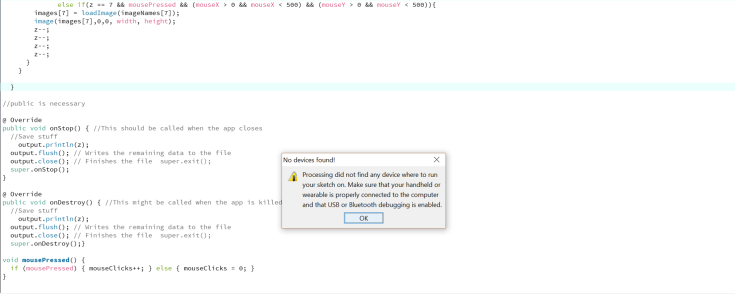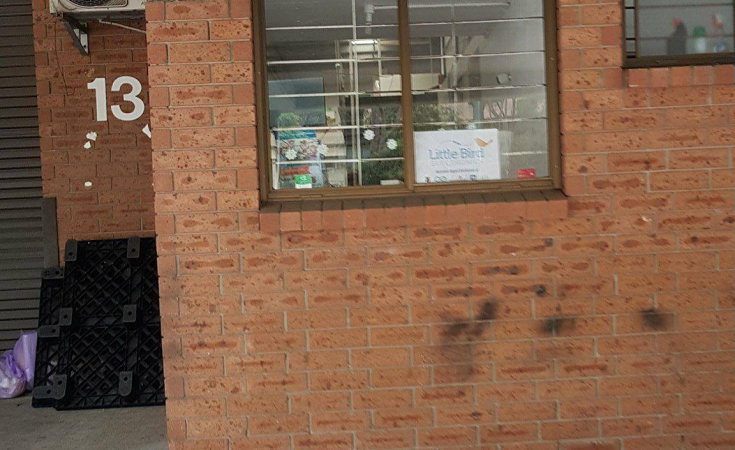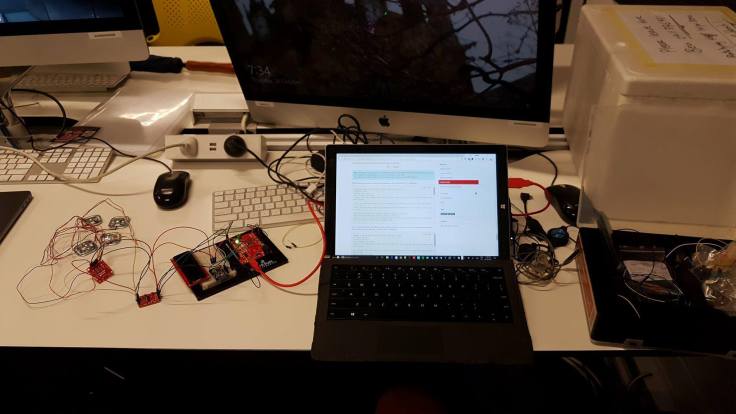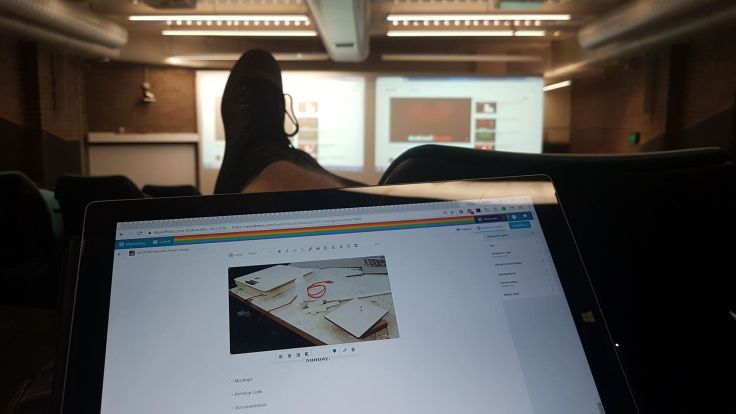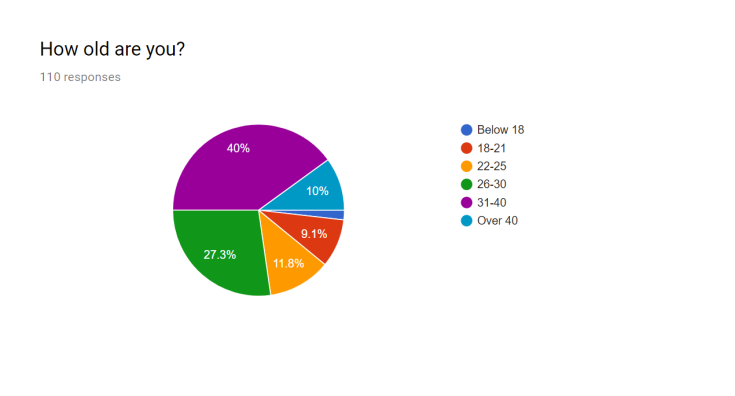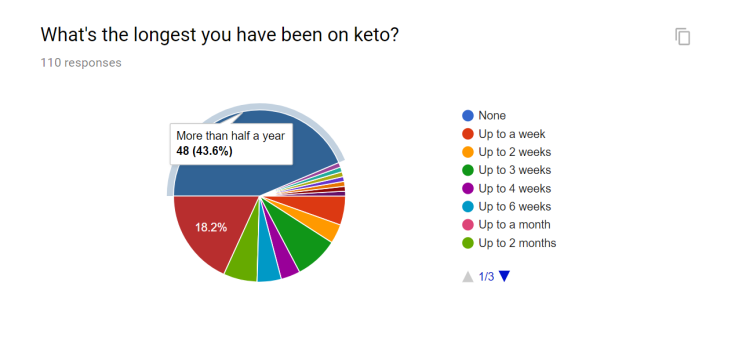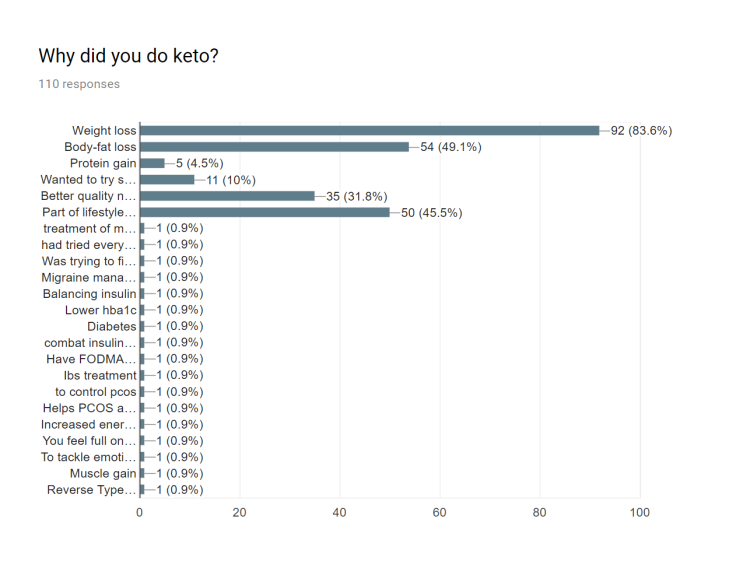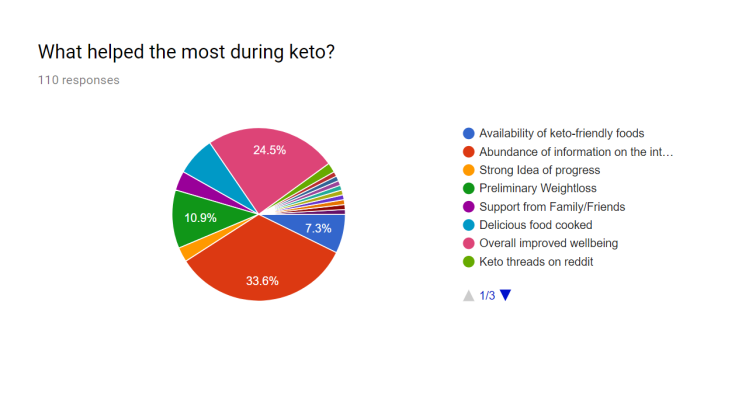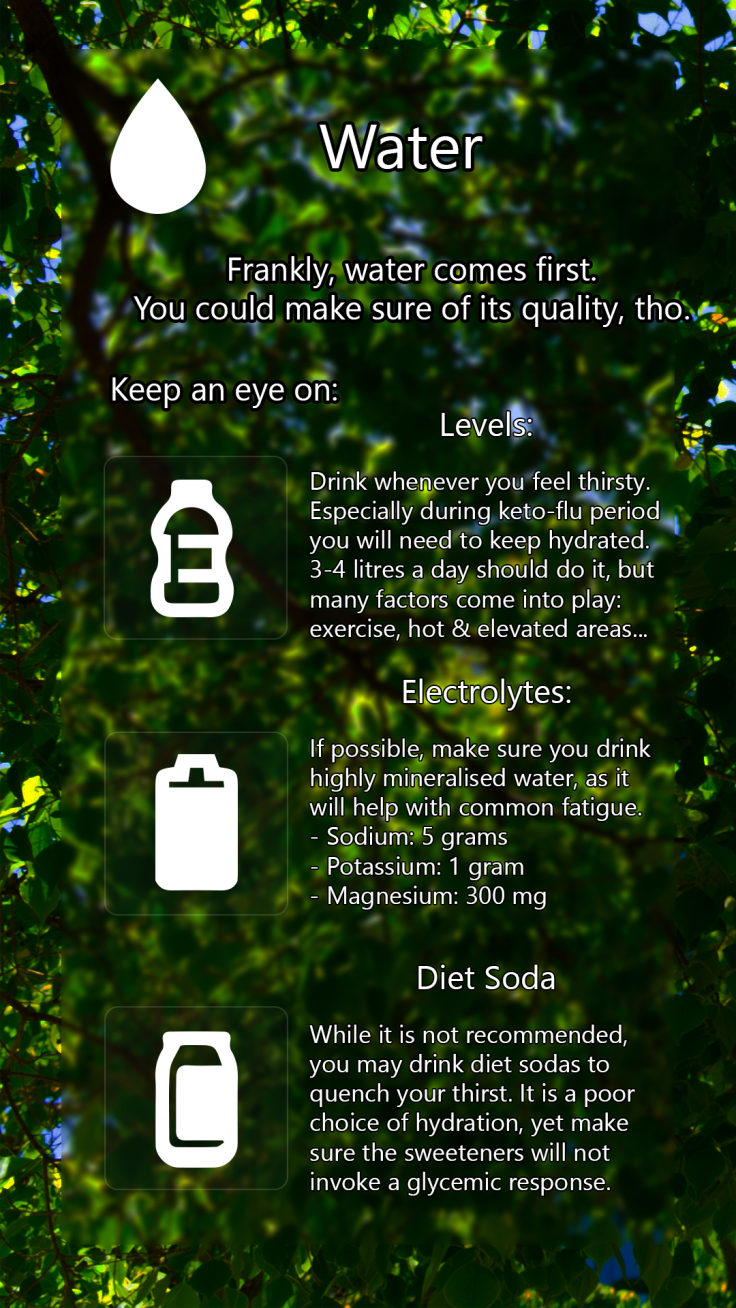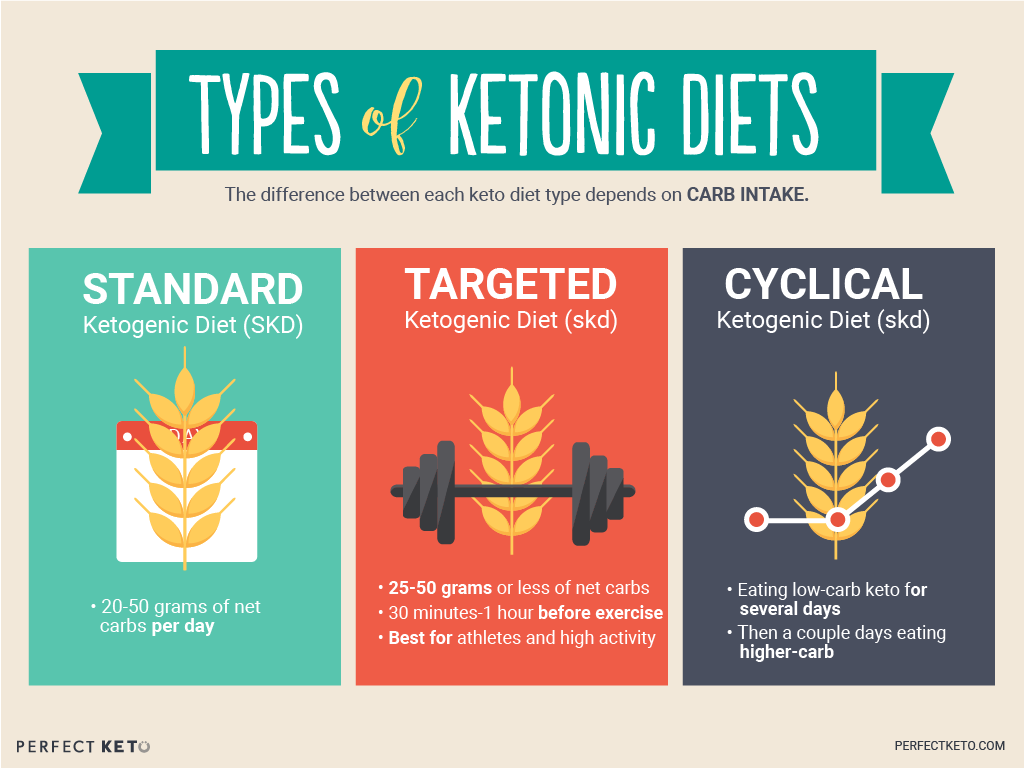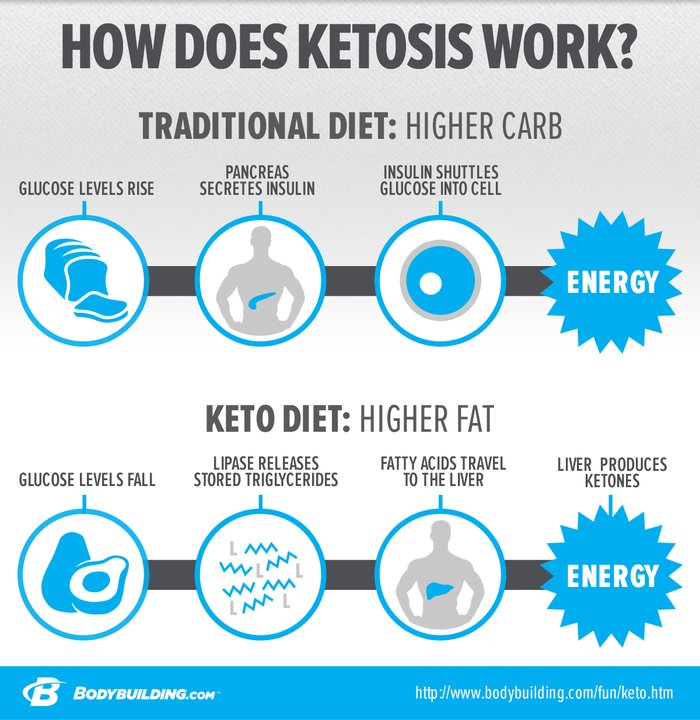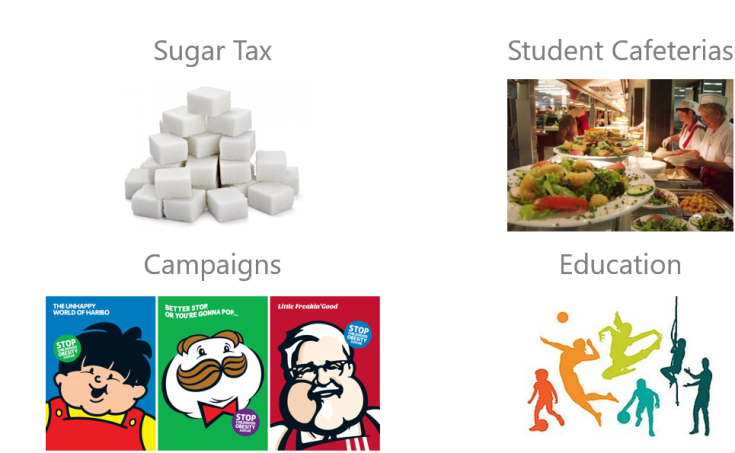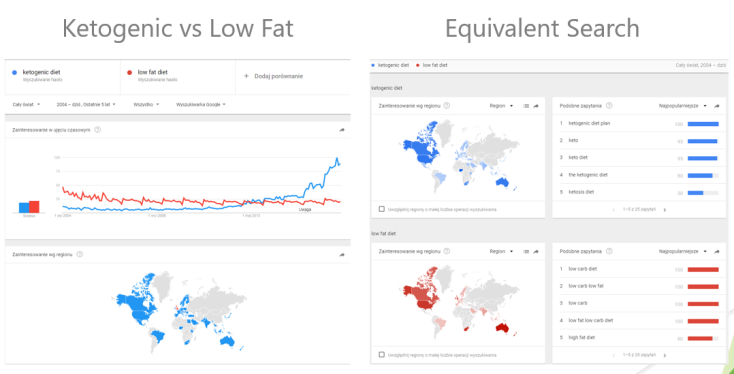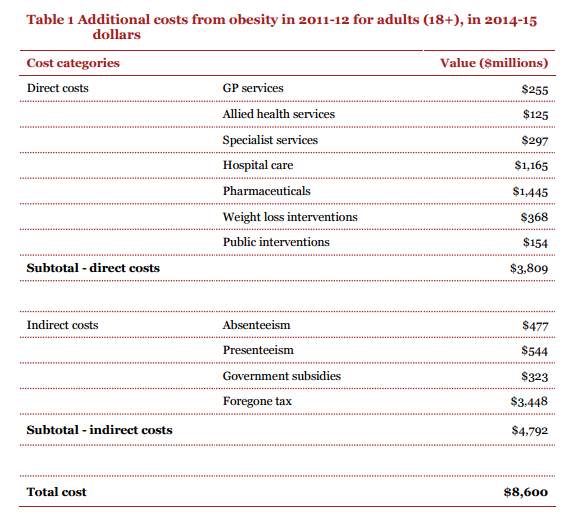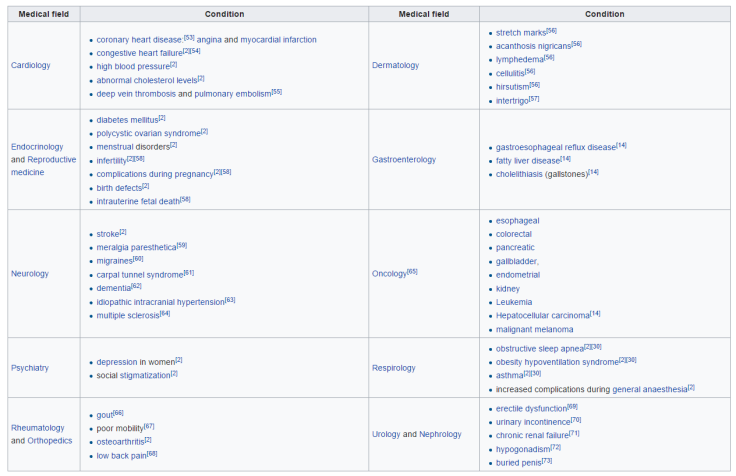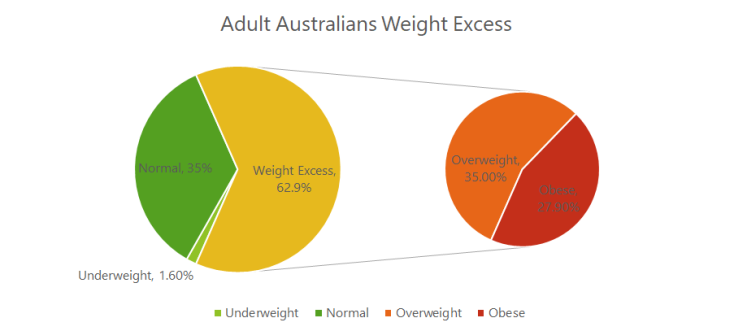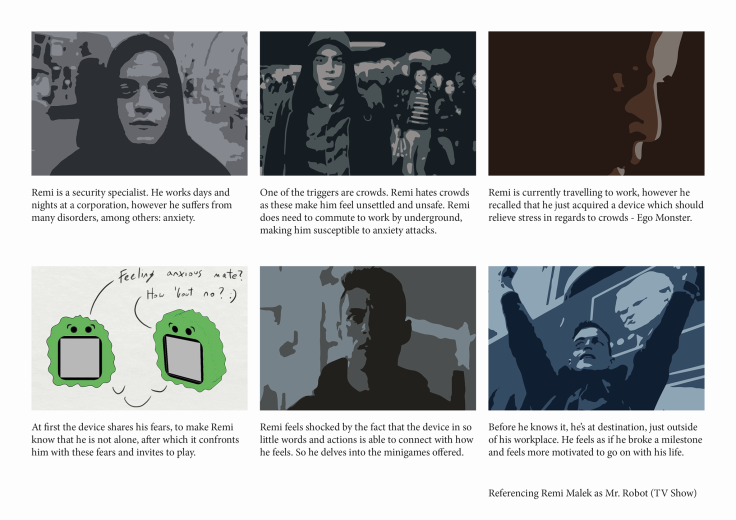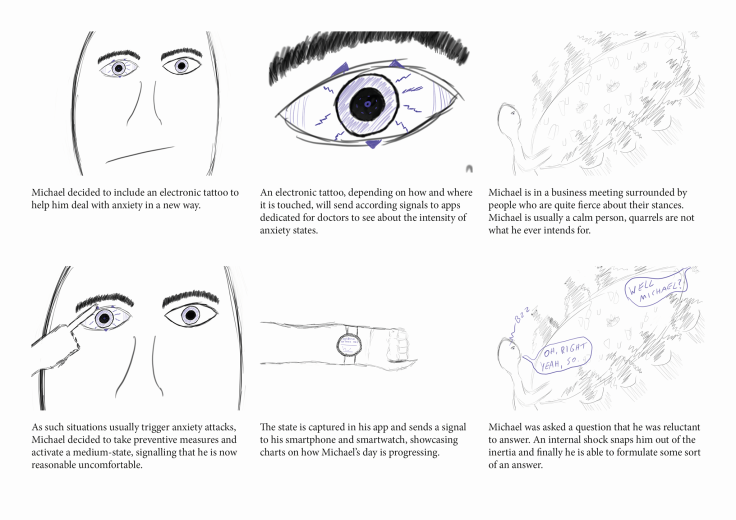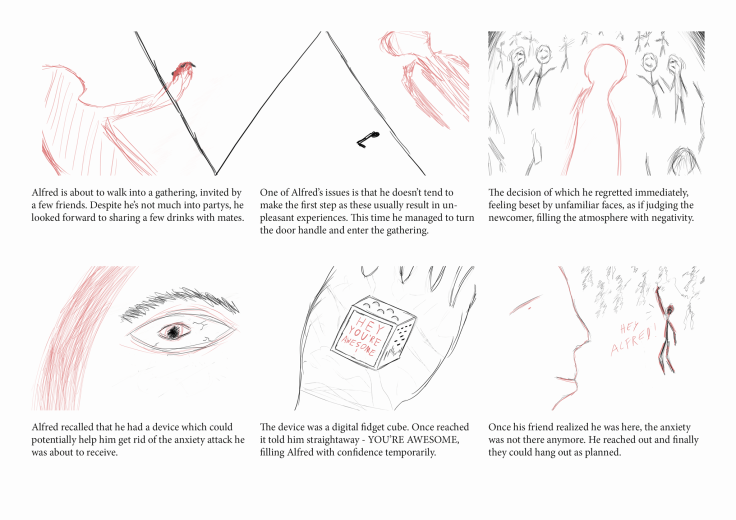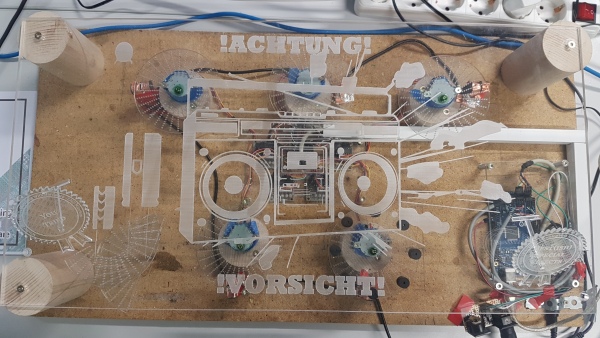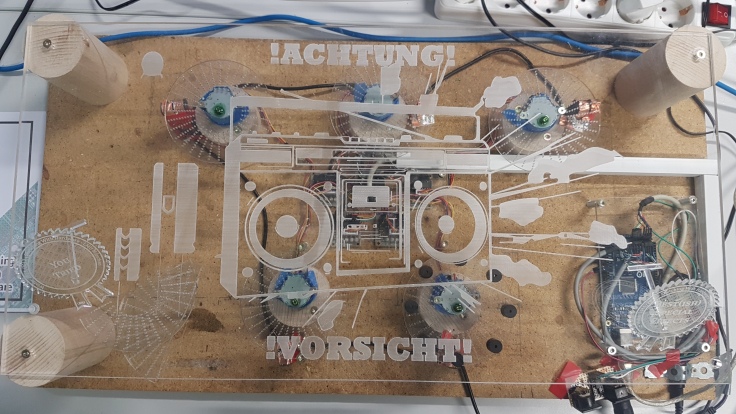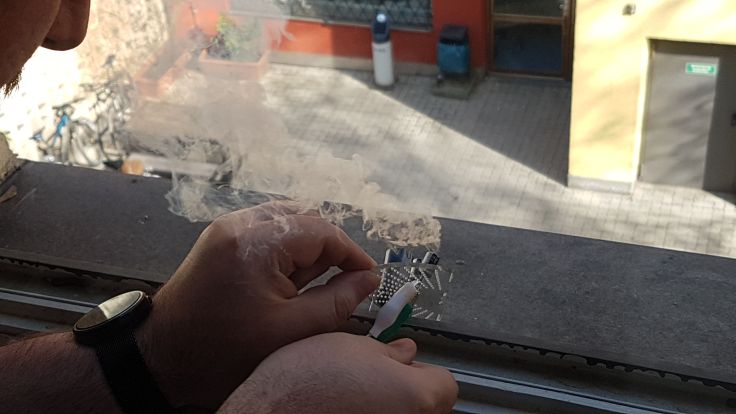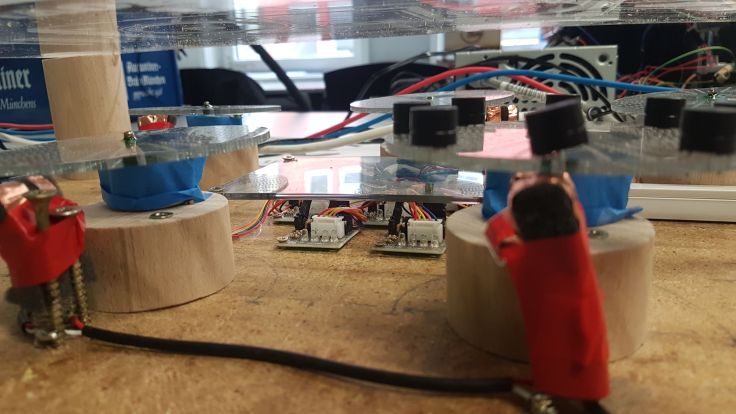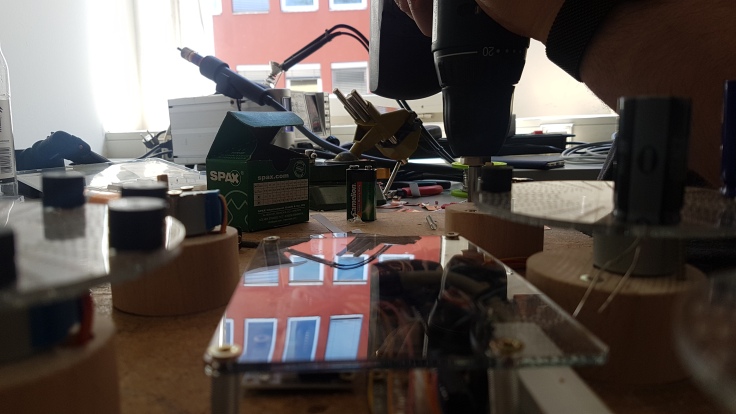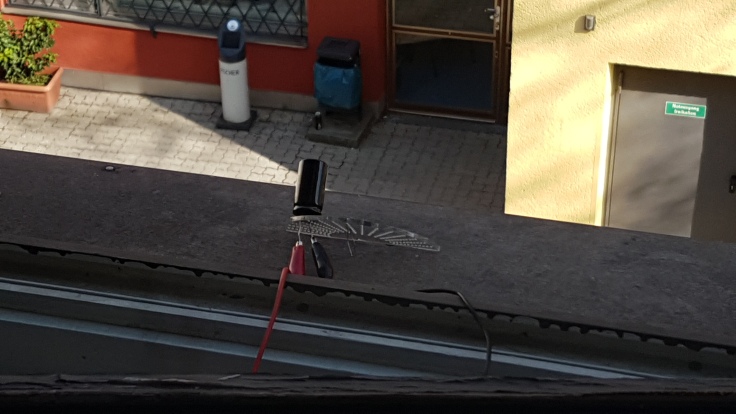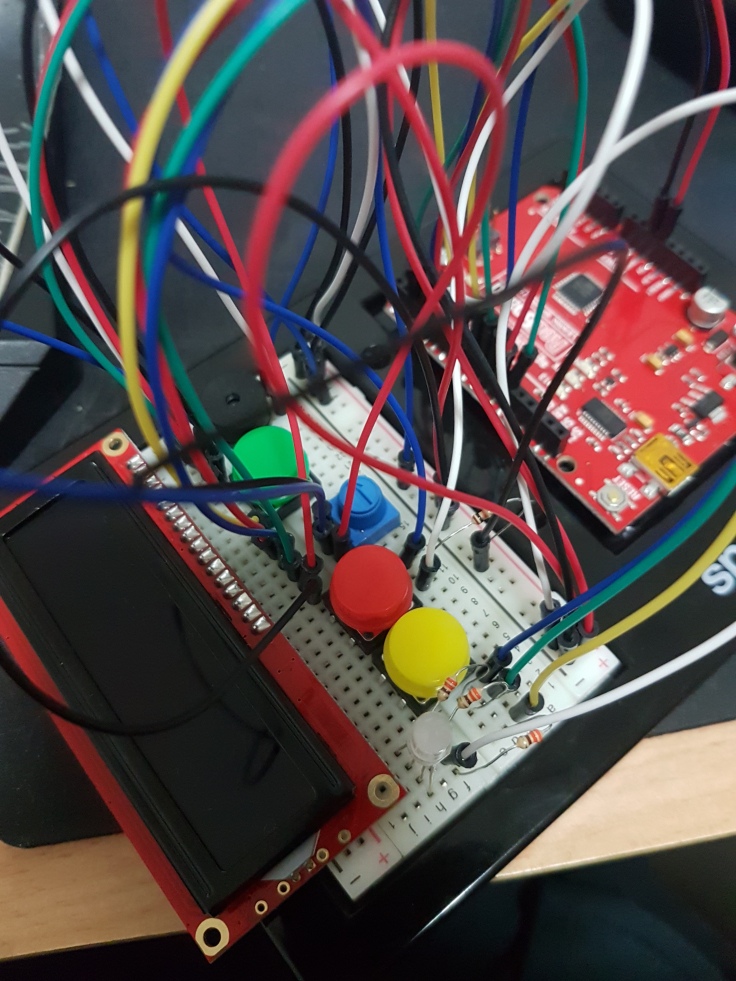WordPress
After the final presentations I came across a few major issues in regards to WordPress once more. Sort of a classic user experience/system’s design clash. An attempt to copy images from desktop always ended up with failure due to the platform forcing the user to upload the images directly. Unless copying from the web, for instance in my particular case: copying images from facebook (i uploaded them to myself and then copied to the blogs). I didn’t foresee that the platform operates on time-based keys aka generated tokens, that eventually expire for particular images. Therefore, I had to spend a few hours managing the images once again, as it’s a bit tedious to follow massive contents without supporting graphical imagery. Unfortunately, WordPress, once again, became more rather a nuisance and an obstancle, than a solid platform supporting the documentation of my progress.
Video
Nevertheless, there are a few loose ends that are in semi-dire need of tying up. First of all, the video, which was shot in an extremely short time span, considering that the product was formed up, technically by Saturday, therefore 2 days before the presentation was due. I filmed partially the process, as there was nobody to help me out with the shots, I could not get some parts features (such as sanding, soldering, filming assembly was difficult as well). Some shots were required to be filmed using the environment and weeks before the presentation, for instance before I started doing keto (fat stomach, shots in the bathroom) and required some crazy solutions, such as: tying the camera up to a railing or other objects that supported my output vision of how the shots would be established. I also pushed for depth in my shots, involving a 1.8 focus. Most of the shots were made within the faculty and managed by myself, all the shots featured also myself and did not include additional hardware (not even a tripod!).
Afterwards, I blended in the imagery with a mixture of shifting shots, attempting to portray the problem and overview + user experience of the solution featured. Most of the video was product-oriented, edited and exported with the use of Adobe Premiere.
Struggle
My final keto concept, targeting Obesity was developed quite late and there are a few reasons for why it turned as it did. The short story involves me, struggling heavily with my final examinations while still finishing up my overseas exchange period, teaming up last-minute and adjusting to a project-based pace back in Sydney, recovering from chronic fatigue, jet-lag and then going through 2 weeks of illness, confusion with assignments’ requirements and expectations, eventually diverging ideas for final solutions, recurrent shifts in theme changes, last-minute requirements and waiting time for arrival of additional components, to name just, in fact, a few. I believed a restart would eventually benefit my project, as I could readjust every single element involved and do it properly, get passionate about it and find particular value that could benefit the potential users for whom the product would be actually made.
Concept
At one point, considering the tight and fleeing time left I came to a conclusion that I would like to do something health-related, perhaps that I do already have knowledge of and target a problem that involves many parts of the world and perhaps even myself. Or at least used to. That problem became Obesity and it turned out that it was more severe than I preliminarily thought it would. I was overweight for quite some time before. Eventually turned Obese without me even noticing it in time. Turning from 97 in January 2016, to as low as 73 just last week. I tried a variety of methods, with following classic low-fat scenario, eating healthy and an exponential physical activity during my overseas period. But I eventually could never match the woopin’ 15 kilo weight-loss in just 4 weeks that took place during February last year. The entire idea comes with its limitations, difficulties and there were plenty of user needs that required addressing. On top of which, I obviously had to redo the entire classic design process to discover whichever elements came into play and whether any better solutions exist, or just came up. During my research, none really came across as effective and the ketogenic diet became even wider in terms of recognition within all sorts of communities and is somewhat a recent discovery, as methods and the diet itself is still analyzed by many.
Product
After the presentation I have given on Monday, I was reminded for not including too much information regarding the product itself. Considering the time constraints, it was relatively difficult to perform such, nevertheless, I managed to have a few people to stand on the weight scale, one person was as heavy at 93 kilos. I let others take a look at my design and point out recommendations for how to make it even better, in terms of ergonomics, feel and structure. The skeleton was entirely designed by myself, such as the wooden parts that connected the entire thing. I also built each element and refined by myself, yet a few technical suggestions were pointed out by DMaF staff, for instance I was not aware of the sanding technique, rather considered applying additional material like cloth to make the weightscale feel better. Instead, the wooden parts were post-processed, keeping the product concise and potentially showcasing the replicability and potentially the modular structure, as the design could easily be managed to fit additional liking of any person that would be interested in purchasing it. I acquired the thickest 0.6mm ply-wood available, to make sure that it withstands particular weight and positioned the sensors in a way that it would carry any person (and that as a result of logical reasoning, would properly detect a person’s weight). The entire course of final development rather turned out really as a consequence of a series of partially live-saving splits of events and knowledge that I managed to develop within past few years. Some roadblocks I was not able to overcome, such as bogus load sensors that I repeatedly even re-soldered to rule out possible human-related errors. Unfortunately, with no luck.
Application
In terms of developing the application, the straightforward answer is, that processing in android mode made the entire endeavor of creating something real and of extremely high fidelity possible. Nevertheless, I came across quite a few problems, some of which took an exponential amount of time. The logical structure was one part, but my skills – a complete different galaxy, that likes to clash with the logical assumptions altogether. Some conclusions were so close, but I blindly kept on reaching out in areas that should have not been of my interest. Afterwards, I tried implementing features that would have improved user experience, but were surprisingly difficult to implement from the technical point of view. Such as transitions. On paper it seemed to work, but the implementation was a nightmare. Saving the user’s states worked on my computer but didn’t on android, making some concepts pointless to execute eventually. Hours spent on trying to get the application to run properly and even coming across problems beyond what I foresaw, such as too quickly shifting pages, errors due to not enough internal memory. Some solutions had to be adapted even from the android environment. Getting the bluetooth module to work was a nightmare that I thought would be impossible to get up and running, but as due to my logical reasoning, it finally was feasible to launch, ’cause despite it was a single module mounted on another circuit meant for a complete different set of prototyping measures, it was after all, just a bluetooth module and software supporting its communication had to be somewhere. And I found it.
Workarounds
The technical implementation was multilayered and even today I am still surprised that I managed to stick all the elements together rather successfully. It involved skills from a great variety of divisions. To name a few: programming skills, of which mine were overly poor. Logical comprehensions to support the aforementioned and maths to calculate the physical dimensions. Physics to figure out how parts on the arduino worked and especially which ones did not work and exactly why they didn’t. Visual Design, to create a compelling and impacting app, Human-Computer Interaction and Interaction Design theory knowledge and skills to make sure the app is functional, informative and easy to use. User Experience Design techniques, to make sure the user-centered design process was followed thoroughly leading towards a product that people would actually use. First-hand knowledge of obesity, problems that came along, potential solutions that had to be learned and researched. Many areas I already had the knowledge of, some I had to dust off and many more just simply learned the hard way – by myself and due/throughout process. Despite that I like to reach out to a variety of people in order to gain feedback on my process, especially in regards to potential roadblocks, in my case the vast majority had to be dealt by myself, due to everyone being busy with their own stuff, especially considering how advanced the semester was. Getting additional feedback outside the university was also deeply limited, as I am not exactly a native, more resembling an international student who knows primarily only people from within the university and even faculty, but almost none around the area from where I currently live. Also the must of acquiring additional components and spending quite a vast bit of money was difficult. While today I may afford to get crucial hardware, I must state that if the course took place 2 years ago, I would hardly be able to cover even a fraction of what was spent, even with governmental help and what the faculty offers to disadvantaged students. Concluding, It certainly was not a one-man’s job, not even a team’s job considering the tight time-frame, notwithstanding, I pulled through, somehow.
Used Components
Application
- Processing Language
- Android Mode
- Ketai Library
- Python Language
- SpaCy Library
- Adobe Photoshop
- Mockup Creation
- Adobe XD, cancelled due to lack of gestures support
- Adobe Illustrator
- Tracing images for vector acquisition
- Icon8 for the majority of icons featured
- Invision
- For High Fidelity prototyping and user testing
- DSLR Camera & Adobe Lightroom
- For taking the background picture
- & Color grading it
Device
- Sparkfun Arduino Uno
- 4x 50kg Load Sensors
- Pulse Sensor
- mBot Bluetooth
- Liquid LCD 16×2 Screen
- Load Combinator
- HX711 Amplifier
- All the cables I had within my Sparkfun kit
- mBot library
- Breadboard
- 9V Battery
- Arduino and Breadboard holder
Assembly
- 0.6mm Ply-Wood
- Laser-cut
- Induced markings for components positioning
- Sanded (repeatedly)
- Manually
- with power-tools
- Glued pieces together
- Refined edges
- Laser-cut
- Thin Ply-Wood
- Measured and cut manually with power-tools
- Drilled into certain parts
- Used as holders for the LCD Screen and Pulse-Sensor
- Soldered components (Device related, but required soldering iron)
Resolution
I may eventually come back to launching the product once again, seeing to its proper and working condition. Unfortunately with these kinds of projects, literally anything, everything or even nothing can go wrong. Murphy’s Law is strong with this one and even if you may find yourself of not committing to any wrongdoings, some may do just something that may even implode your final design solution and nobody will know why. For now, I’ll need to focus on finishing the remainder of what the course includes. Too many things could have gone wrong, too many things did turn out wrong. It was one particularly excruciating and monstrously heavy semester, outsurpassing all of my even wildest estimates, sleep is one special thing that I will put between my cross-hair and melt away to regain at least some sanity or perhaps just life that I put aside.
And now, a few words of inspiration, featuring Declan:
‘Be the ray you wanna see in the world’
The question remains.
what next?

